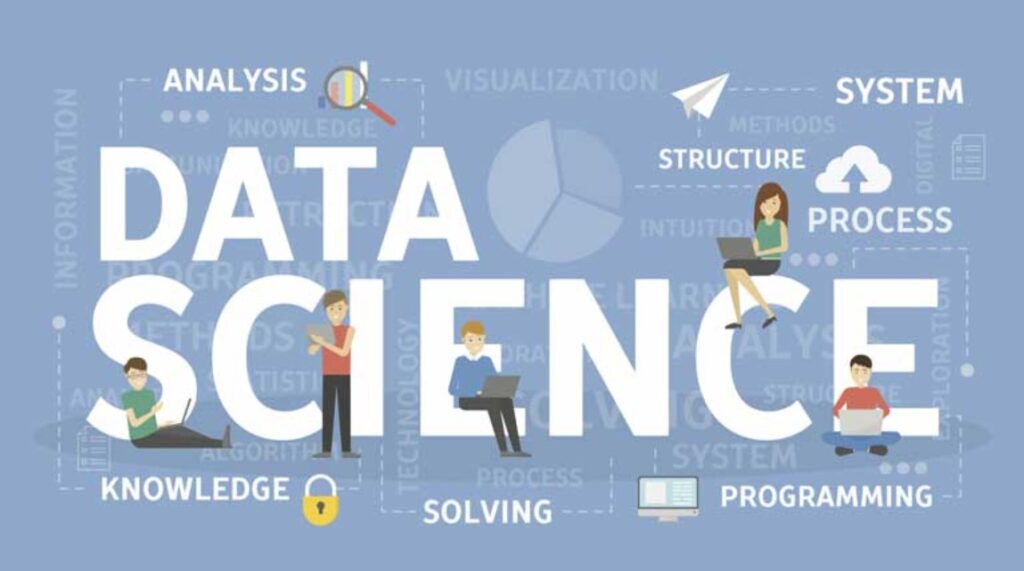In the vast universe of data-driven intelligence, there’s a quiet force that shapes almost every prediction, recommendation, and decision made by machines. This force doesn’t make headlines like neural networks or deep learning models. Instead, it hums beneath the surface, ensuring balance, efficiency, and accuracy. That hidden powerhouse is convex optimization—the silent engine behind the smooth operation of modern machine learning systems.
The Invisible Mechanic of Machine Learning
Imagine machine learning as a high-speed train racing toward automation. Its sleek body, representing algorithms, catches the eye. But beneath the metal shell lies an intricate network of gears, pulleys, and engines that make motion possible. Convex optimization is that engine.
It ensures the train stays on the most efficient path—minimising fuel (or error) and maximising speed (or accuracy). Without it, models would derail into chaos, unable to find the best route among endless possibilities. Learners exploring this mechanism through a Data Science course in Mumbai quickly realise that optimisation isn’t just about computation—it’s about designing elegance in logic.
Why Convex Shapes Matter
Convexity might sound abstract, but it’s deceptively simple. Picture a bowl—no matter where you drop a ball inside, it will roll to the bottom. That’s a convex function. It has one lowest point, one true minimum. In machine learning, this bowl ensures that optimisation algorithms—like gradient descent—can find the global minimum without getting lost in deceptive valleys.
Non-convex problems, on the other hand, are like rugged mountain ranges. The ball might get stuck in small dips—local minima—never reaching the true valley below. Convex optimization offers smoothness, reliability, and predictability, making it the foundation for everything from linear regression to support vector machines.
In advanced learning environments such as a Data Science course in Mumbai, students explore these mathematical landscapes hands-on. They learn how convex shapes guarantee stability in models, ensuring the algorithms converge instead of wandering endlessly through error surfaces.
The Mathematics of Balance
Every machine learning model has one core goal: minimise loss or maximise accuracy. But achieving this goal is a dance between competing forces—bias and variance, precision and recall, underfitting and overfitting. Convex optimization serves as the choreographer of this dance.
It defines an objective function (like the bowl) and guides algorithms toward equilibrium. This is not brute-force searching but an elegant glide, powered by gradients that always point toward improvement. Gradient descent, the workhorse of learning algorithms, owes its reliability to convex landscapes. Without convexity, it might spin aimlessly or settle for imperfect solutions.
The beauty of convex optimisation lies in its certainty. If a function is convex, any local minimum is the global minimum—no surprises, no dead ends. That assurance allows engineers to design algorithms that are both efficient and mathematically grounded.
Convex Optimization in the Real World
Every day, technologies subtly rely on these principles. When Netflix recommends a new show or your phone recognises your face, convex optimisation works quietly behind the scenes. In recommendation systems, it minimises error in predicting preferences. In computer vision, it fine-tunes classification boundaries.
Logistic regression, linear regression, and ridge regression are all convex optimisation problems. Even advanced models like neural networks borrow convex components in their sub-processes. The method acts like a universal language that bridges mathematical theory and computational implementation.
In industries, convex optimisation powers decisions in finance, logistics, energy management, and beyond. It helps investors minimise risk, delivery systems optimise routes, and factories reduce energy waste—all by translating human goals into solvable mathematical problems.
The Future: Beyond Convexity
The story doesn’t end here. As models grow more profound and more complex, not all problems remain convex. Deep learning introduces billions of parameters, creating landscapes more like the Himalayas than a smooth bowl. Yet, the principles of convex optimisation still guide how researchers simplify, approximate, and initialise these models.
Techniques like stochastic gradient descent (SGD) and adaptive optimisers such as Adam or RMSProp are inspired by convex strategies, modified to handle rugged terrain. The heart of convex optimisation—its pursuit of global stability through local updates—continues to pulse through modern AI.
Researchers are now exploring hybrid methods, combining convex foundations with non-convex flexibility. This evolving synergy defines the next chapter of artificial intelligence, where mathematical precision meets human creativity.
Conclusion: The Quiet Power Beneath the Code
Convex optimization may not carry the glamour of AI buzzwords, but without it, machine learning would be like a ship without a compass. It ensures that learning remains grounded, predictable, and efficient. Behind every polished model lies a series of mathematical decisions that converge gracefully toward perfection.
For learners stepping into the world of artificial intelligence, understanding convex optimisation isn’t optional—it’s transformative. It reveals how intelligence isn’t just about data but about the discipline of direction. Those mastering it through structured programmes like a Data Science course in Mumbai often discover a profound truth: the future of machine learning depends not only on powerful algorithms but on the quiet mathematics that keep them balanced and accurate.
In a world racing toward automation, convex optimisation remains the calm, steady pulse—the silent engine ensuring that intelligence stays on course.
